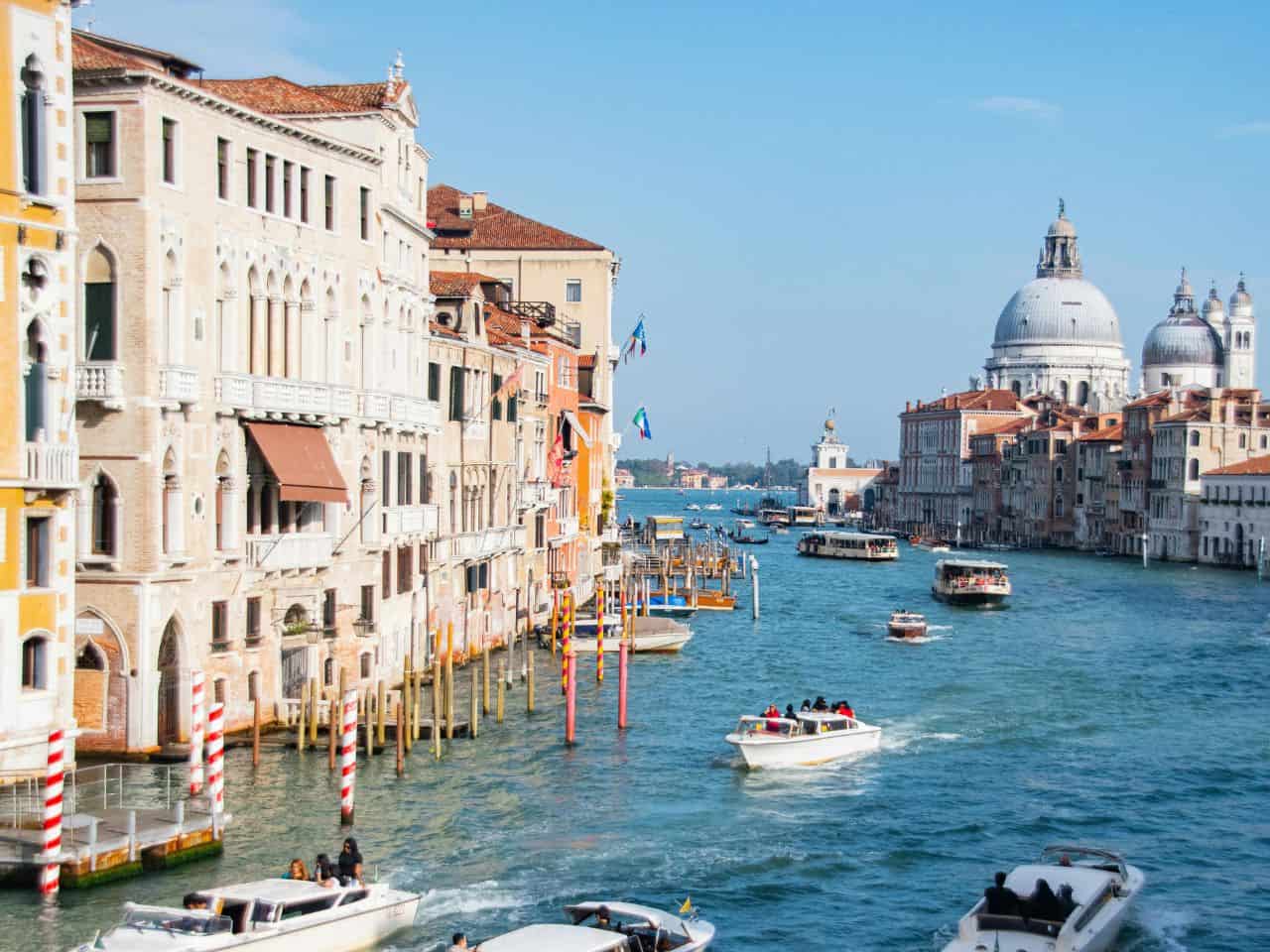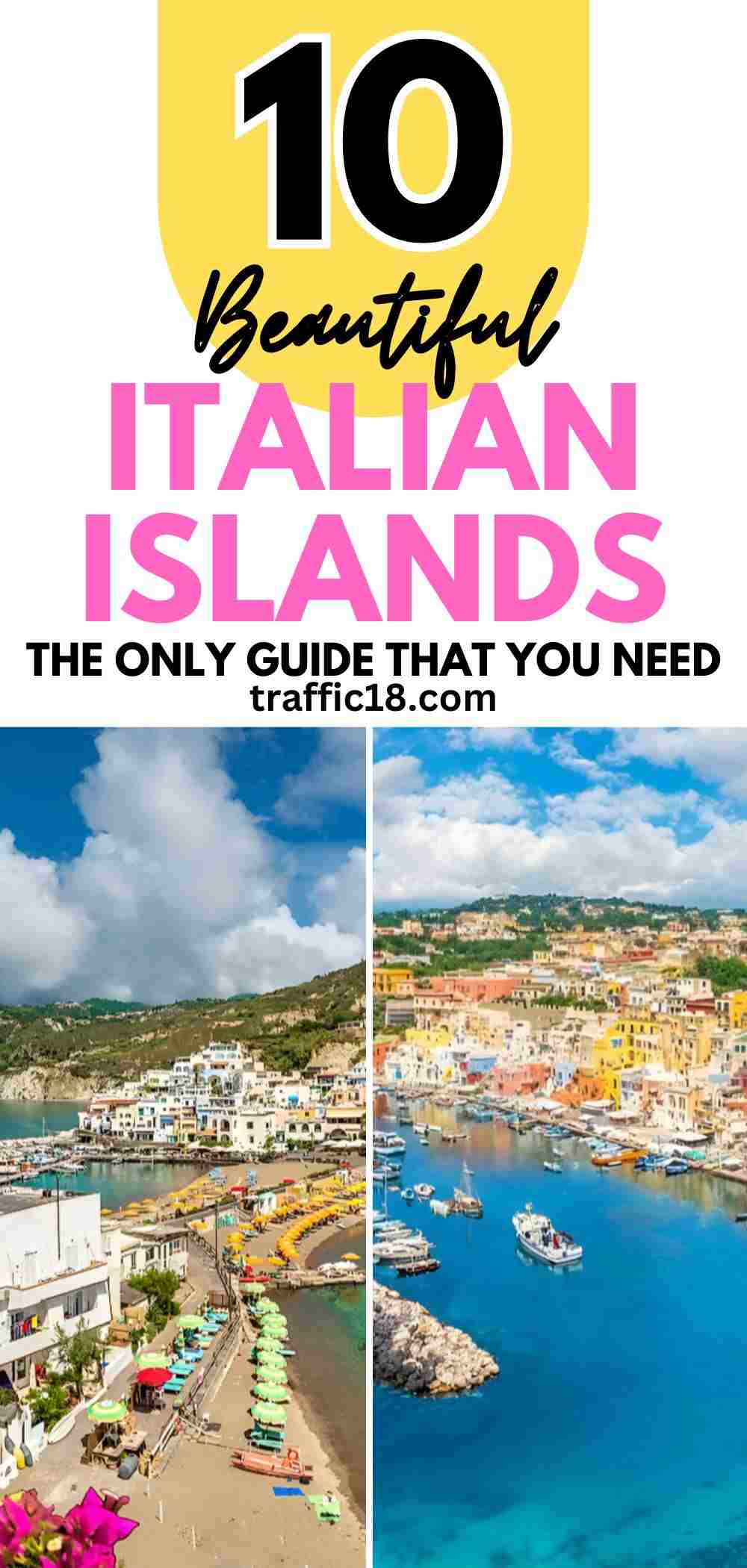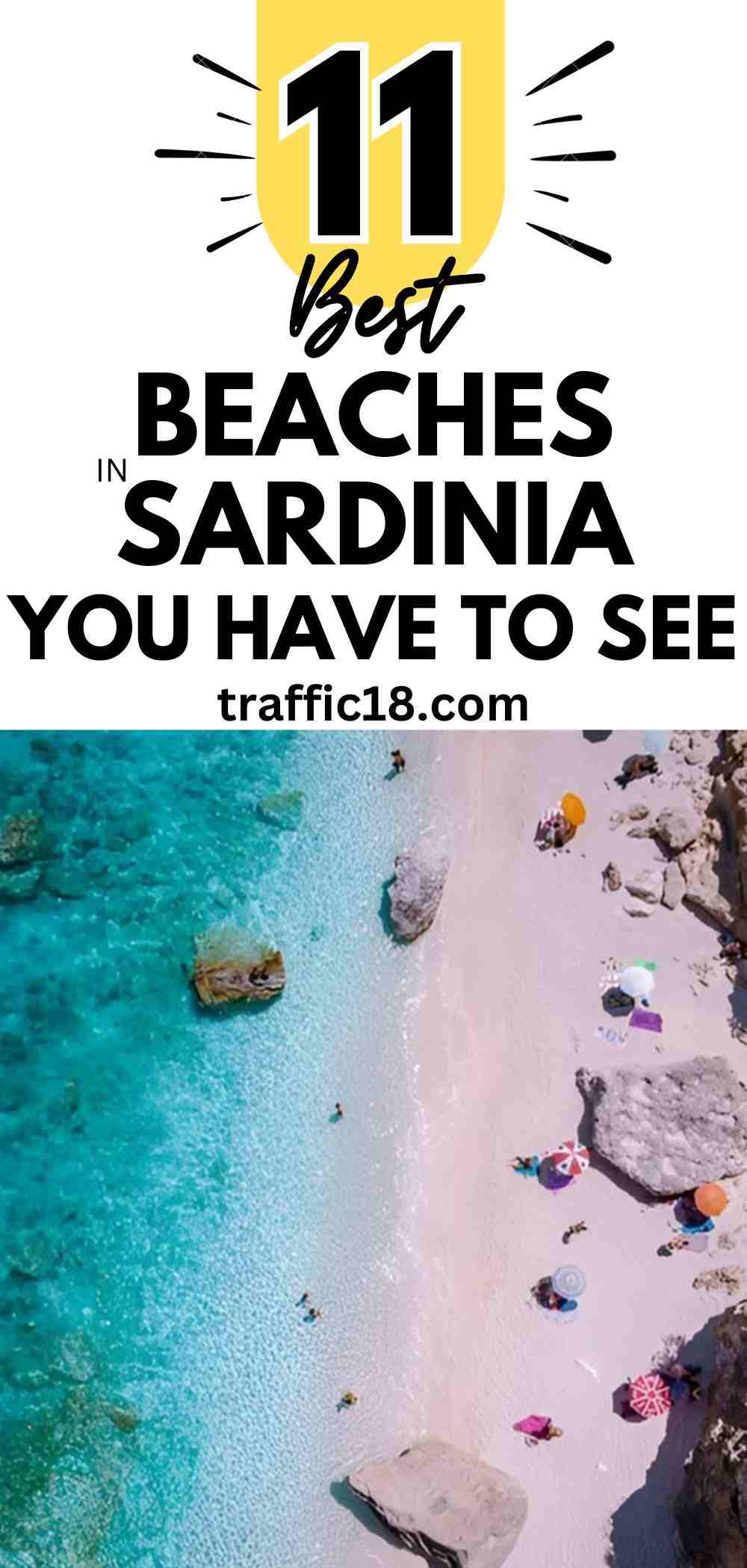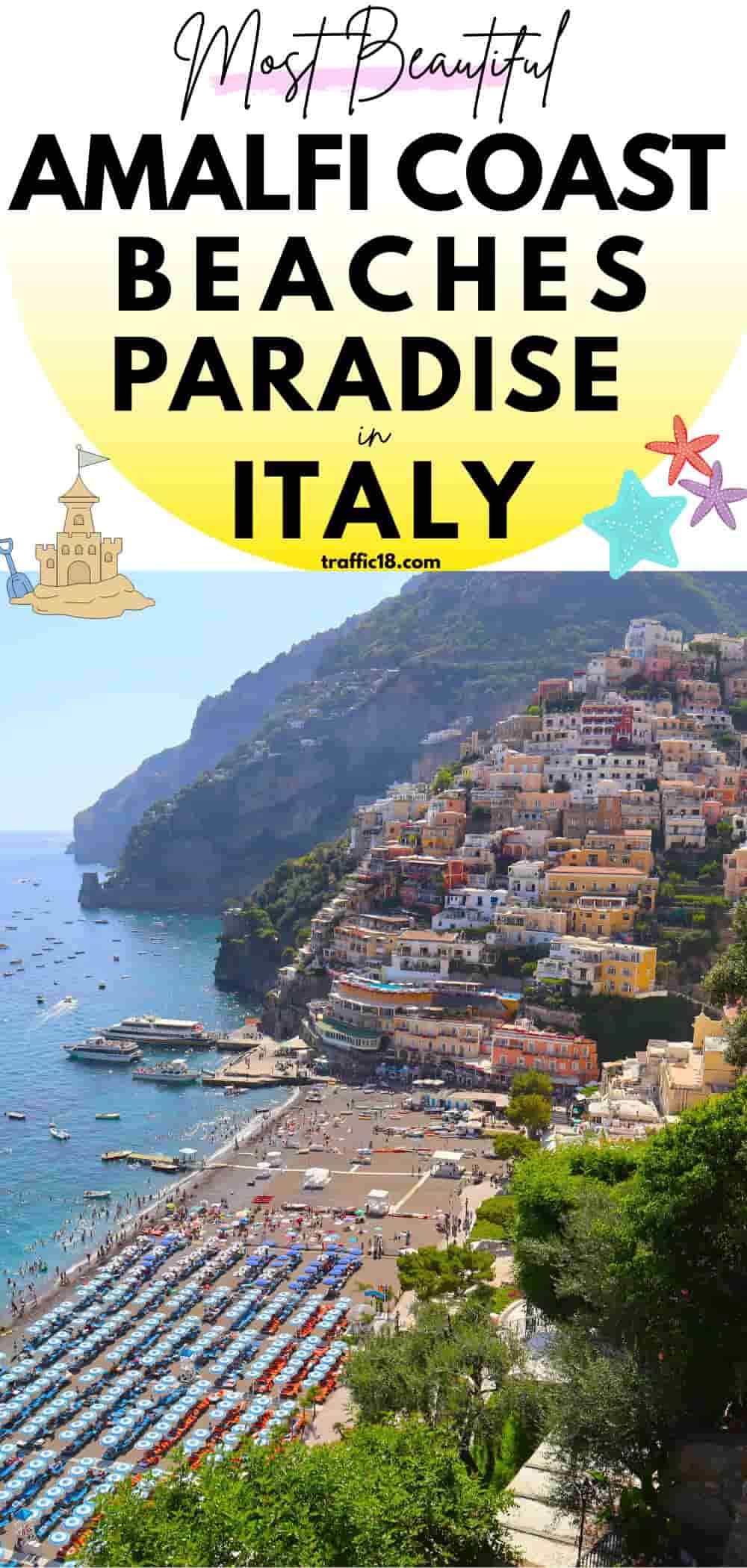Planning a trip to Italy? Great decision!
I used to live in Italy. It is my absolute favorite travel destination despite traveling to most parts of the world! I’m sure once you visit this place you will never take it off from your list of the most beautiful places in the globe!
I’m here to share some of my essential Italy travel tips that will surely help you get in the true spirit of this beautiful country.
The food? It’s simply out of this world. The history? It’s mind-blowing. There are so many things to see and do that it can almost feel overwhelming – in the best possible way.
Plus, the Italians are the most friendly people on earth, but they do things their own way. Stick to these tips, though, and you’ll be diving into la dolce vita like a local pretty soon. Trust me, you will love it!
So let’s get started!
Love this? Check out when is the Best time to visit Italy: the one & only seasonal guide you’ll ever need:)
Italy Travel Tips: Explore Like a Local!
1. Plan Ahead and Book in Advance
Early booking is the first and best of all golden rules for travel in Italy; live by it or forever regret.
Okay, cheesy as it may sound, this is one piece of travel tip that truly differentiates between a holiday designed in paradise and an unforgettable nightmare of a “why is there no availability for anything?”.
Why does Italy DEMAND Advance Planning
Italy isn’t just popular—it’s eternally packed. Think about it: ancient ruins, Renaissance masterpieces, cliffside villages, and the best food on Earth. Everyone wants in!
And that means:
- Crazy lines (3+ hours at the Vatican? No thanks.)
- Sold-out hotels (Good luck finding a cute B&B in Positano last-minute.)
- Missed experiences (Imagine going to Florence and not seeing Michelangelo’s David because tickets were gone.)
To chart out your best Italian itinerary ever; do check out and bookmark the curated list of 22 Most Beautiful Places to visit in Italy!
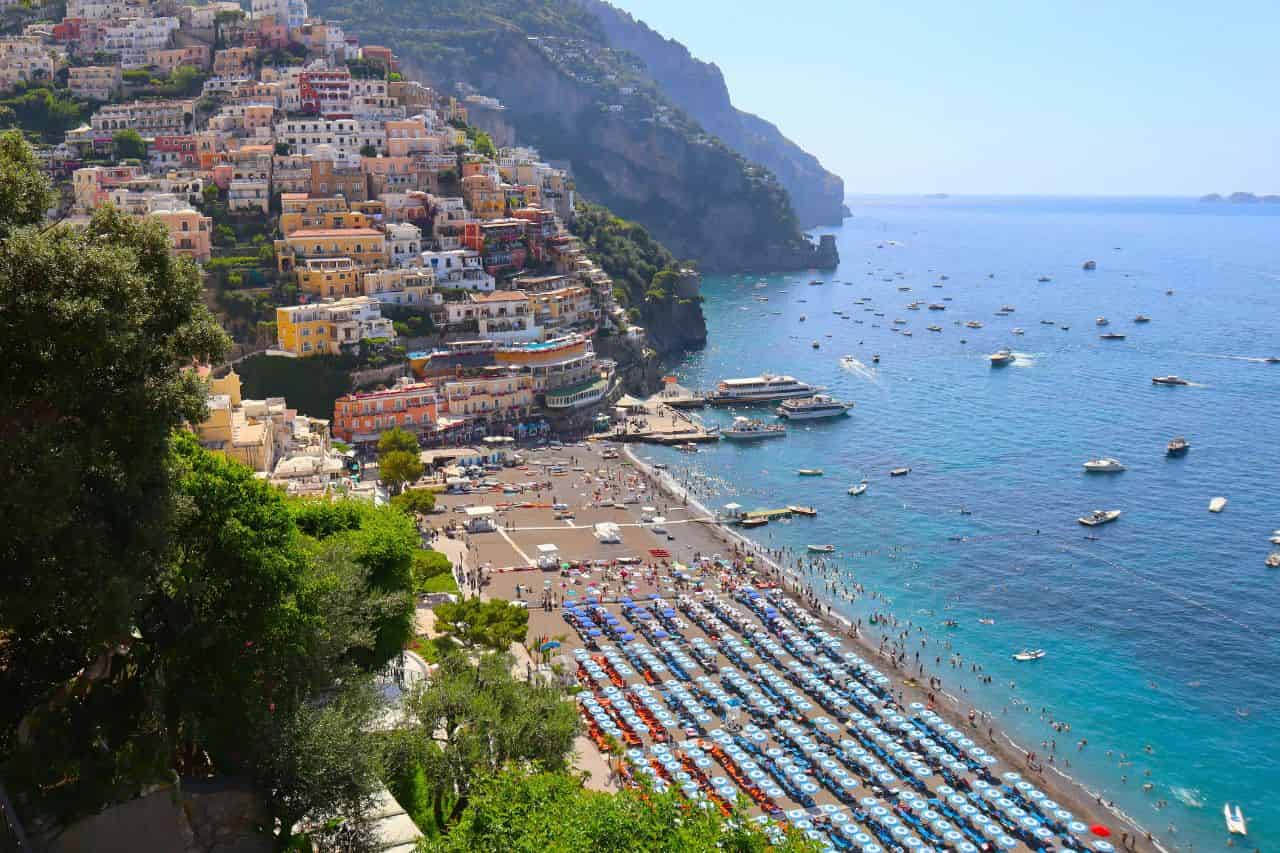
2. Pack Light and Smart
Let’s be real—pulling a big suitcase over cobblestones, up tiny hotel stairs, and on crowded trains is not how you’d want to spend your Italian vacation. So packing light and smart becomes not just a tip but a lifesaver!
What “Light & Smart” Actually Means
- One carry-on + personal bag – Ideal for 1-2 week trips.
- Versatile outfits – Mix-and-match pieces (neutrals + 1-2 pops of color).
- Comfy shoes – You’ll walk miles daily (blisters ruin vibes).
I truly applied the following clothing tips to enjoy each season while I was there. In summer, consider wearing light layers of breathable fabric, such as linen (believe me, you’ll want that airflow), and remember a scarf to cover up when visiting churches.
Spring and autumn demand a light jacket with a nice sweater for those chilly evenings. And don’t be fooled – winter in Italy gets properly cold, so pack a warm coat, waterproof boots, and gloves.
Here’s a pro tip: Italians have great style, so leave the sweatpants at home if you want to fit in with the locals.
3. Bring an Adaptor for Electronics
Italy has Type L sockets, which are those weird little three-pronged holes that laugh at the standard US/UK plug. No plug = no charge for your phone, camera, or laptop.
And of course, you do NOT want to be that person rummaging around for a plug adapter at 11pm, with the phone battery reading at 3%.
Adaptor vs. Converter: What You Actually Need
- Adapter – changes the plug shape (which is most needed for normal travelers)
- Converter – changes volts (needed only when using high-wattage appliances)
The best part? Most new electronics (phones, cameras, and laptops) are dual voltage – just check if the charger says “100-240V.”
Make sure to order it from Amazon before you go (search for “Italy travel adaptor”), although you can find one from Italy as well by visiting their electronic stores like MediaWorld or UniEuro or in their airport stores (but they’ll cost 3x more).
Good news: Most of Europe uses the same plug – except for the UK. So, if you travel to France or Germany after visiting Italy, you’re covered!
4. Don’t Rely Too Much on Credit Cards
Let me paint you a picture: You’re standing in a charming Roman trattoria, ready to pay after the best carbonara of your life… only to see a “Solo Contanti” (Cash Only) sign staring back at you.
Actually this happened with me in my earlier days when I was there; Went hungry in Cinque Terre when all ATMs were out of service.
That’s why relying solely on credit cards in Italy is like bringing a fork to a soup festival – sometimes it just won’t cut it.
Why Cash Still Rules in Italy
- Small businesses love cash – That family-run gelato shop? The tiny pasta joint nonna runs? Probably cash-only.
- Taxi tricks – Many cabbies “conveniently” forget their card machine works after dark.
- Market magic – Want that gorgeous leather bag at Florence’s San Lorenzo market? Prepare to bargain – with bills.
- Small town reality – Venture beyond tourist hubs and ATMs become as rare as bad Italian food.
Here is some hard-earned cash wisdom for your trip to Italy that I learned the hard way! First rule: get euros before you board that plane – airport exchange booths will rob you blind with their terrible rates.
Once you’re in Italy, only use proper bank ATMs (look for the ‘Bancomat’ sign) and steer clear of those sketchy Euronet machines that hit you with crazy fees.
Here’s a pro move: break those €50 notes immediately. Most small shops and cafes will give you the side-eye if you try paying for a €3 espresso with a big bill. And don’t keep all your cash in one place – spread it between your wallet, hotel safe, and that sneaky hidden pocket in your bag.
Make sure you budget about €50-100 in cities (covers meals, transport and tips). Heading to the countryside? Bring extra cash – ATMs become as scarce as bad wine in Tuscany.
And the golden rule: always tuck away €200 in emergency cash somewhere safe, because you just never know when you’ll need it!
5. Stay Connected with a Local SIM Card
If you wonder; Why grabbing an Italian SIM card the moment you land is one of the smartest travel tips you’ll follow—then let me tell you why and how to do it without the hassle.
A local SIM is like having an Italian best friend in your pocket—saving you money, stress, and time. For less than the price of two Aperol Spritzes, you’ll stay connected without the roaming rage.
Why a Local SIM is a Must
- Roaming will rob you – Your home carrier’s “international plan” probably costs more than your daily gelato budget.
- Wi-Fi is unreliable – That cute café’s free Wi-Fi? It’s slower than a Roman traffic jam.
- You need data on the go – Maps, train schedules, last-minute restaurant bookings—all at your fingertips.
- It’s stupidly cheap – For €10-20, you get a month of fast data, calls, and texts.
Here are the best options for having an Italian SIM card. First up – airport kiosks (look for TIM, Vodafone, or WindTre signs). Sure, you’ll pay a little extra for the convenience, but you’ll walk out with working data before you even collect your luggage.
If you can wait until you get into the city, pop into a proper phone store. The deals are better, and the staff will actually help you get everything set up properly – no guessing games with Italian menus.
My personal pro tip? Order one online (Amazon or SimCorner works) before you even leave home. That way it’s waiting in your mailbox when you pack, and you can hit the ground running the moment you land.
6. Learn Basic Italian Phrases
Trust me on this; even if you’re going to the tourist places, learning a little Italian goes a long way.
Even a simple “Ciao” or “Grazie” goes a big way with Italians-hearing tourists speak their language. They tend to feel honored, and you will find that locals are more friendly and helpful when you try.
What’s more, you mustn’t be fluent. Even how to say “Buongiorno” (Good morning), “Per favore” (Please), and “Dov’è…” (Where is…) could be a great game changer.
However, it adds some fun. More connected to the places being explored and helps navigate through orders for food and directions.
So, grab a phrasebook or download your choice of language app before your trip.
7. Avoid High Heels on Cobblestones
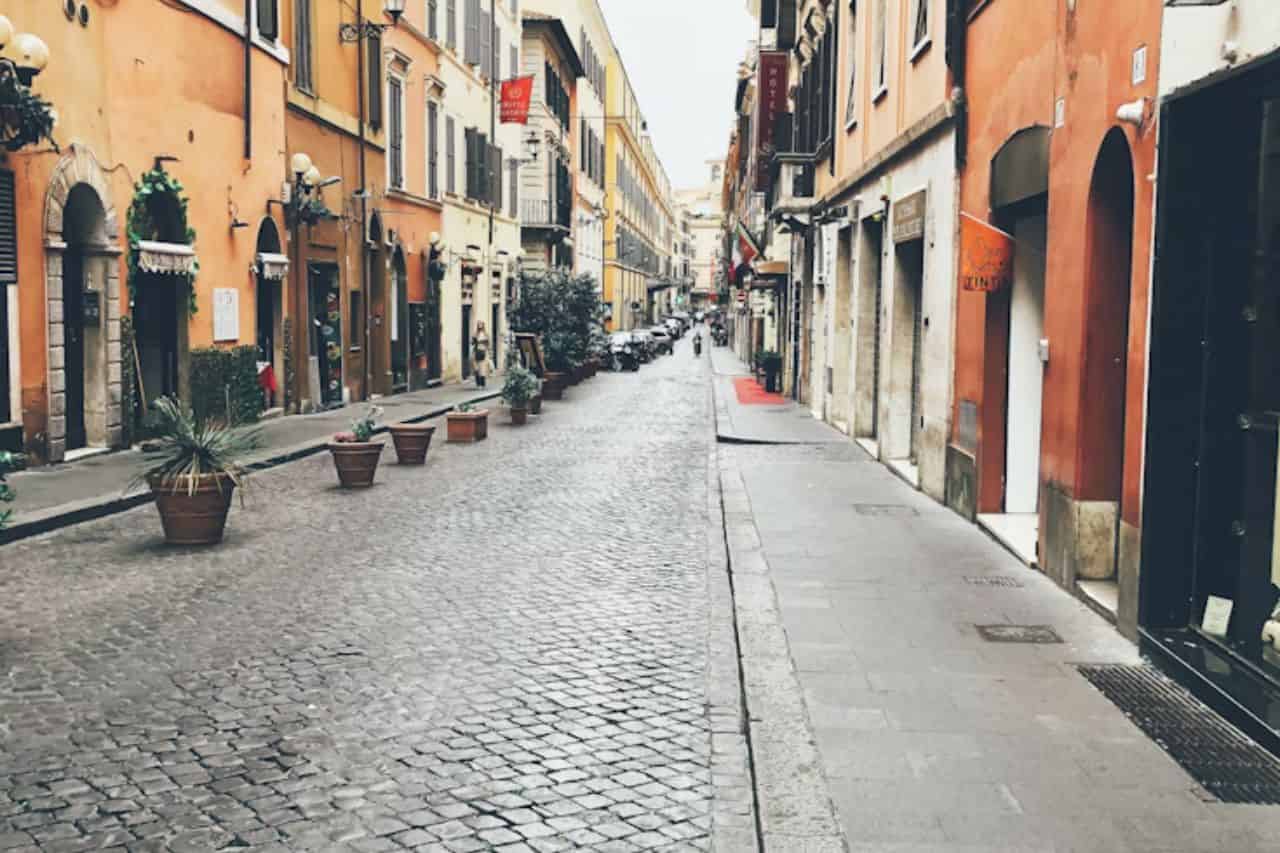
Wearing comfy shoes instead of high heels when you’re traveling in Italy can make you enjoy the place entirely instead of just getting through it. You walk those beautiful cobbled roads instead of waddling like a newborn giraffe!
Trust me; You won’t miss that perfect sunset shot because you’re not busy nursing blisters. And you’ll blend right in with the effortlessly stylish locals who know better than to fight with centuries-old streets.
Best part? You’ll remember your trip for the incredible food, art, and moments—not the time you ate pavement outside the Pantheon.
Plus, think of all the extra space in your suitcase when you’re not packing emergency bandaids and regret!
What to Wear Instead (Still Cute, I Promise!)
- Supportive sandals – Birkenstocks are secretly chic here.
- Comfy sneakers – Italian-approved (think Supergas or Vejas).
- Wedges – Only if they’re thick and stable.
- Foldable flats – Keep in your bag for emergency swaps.
8. Be Mindful of Dress Codes
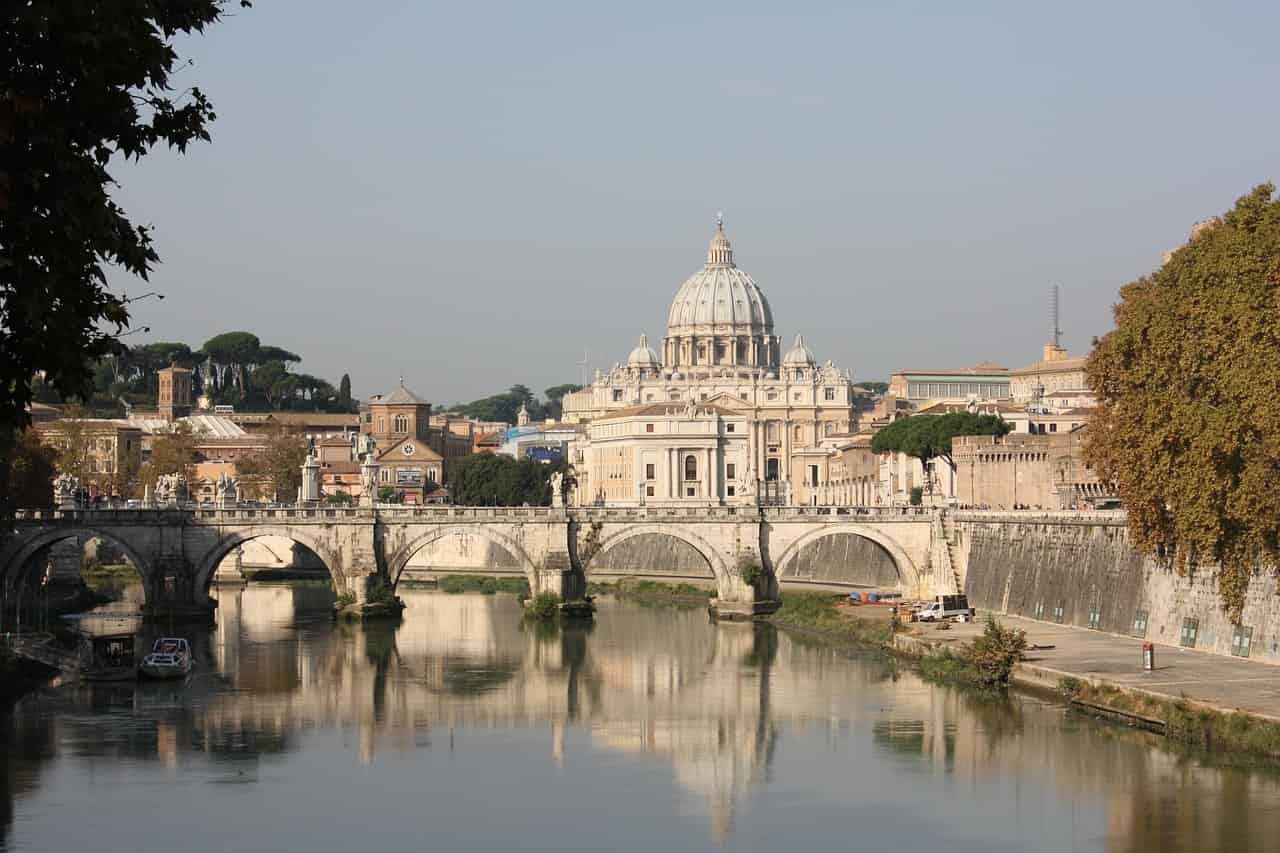
Look, we all want to be comfortable on vacation—but in Italy, showing up to the Vatican in a crop top and flip-flops is like bringing a kazoo to the opera. It just ain’t done.
To glide into churches, restaurants, and museums without a hitch, make sure you dress smart and respectful.
Plus, you’ll feel like a local when you’re not the “obvious tourist” in cargo shorts!
Why It Matters
- Churches mean business – Bare shoulders/knees? No entry. Even in 35°C heat.
- Italians dress up – You’ll stick out like a sore thumb in sweatpants at dinner.
- Some places enforce rules – Fancy restaurants/clubs might reject underdressed guests.
Italy Travel Tips: Public Transportation
9. Validate Your Train Tickets
No list of Italy travel tips is complete without having this one; Which keeps you away from getting an unpleasant fine during your journey.
Make double sure you always validate your train tickets! Note that ticket purchase alone for regional trains is futile unless you remember to validate before boarding.
The train stations host small yellow or green machines that date and time-stamp your ticket. It’s quick, easy, and utterly vital. Without that stamp, your otherwise valid ticket may be deemed invalid by that strict inspector, and it could cost you a fine.
So punch away and board your train! It may seem trivial but will go a long way in avoiding hassles later.
10. Take Advantage of City Passes
Nobody wants to waste half their vacation standing in ticket lines when they could be eating gelato instead. And that’s where city passes come in, and they are real game-changers for places like Rome, Florence and Venice.
They’re worth their weight in (gold) for so many reasons: they don’t just save your money (although that’s awesome); they save one precious time and sanity.
We’re talking walk-right-past-the-line access to the must-see places, the Vatican Museums and the Colosseum. Some even throw in cool bonuses like free tours or special access areas that most tourists never see!
But before you grab one, do this quick check:
- Check what is actually included
- Match it with what you want to do
- Compare prices with buying tickets separately
If it adds up? Congrats – you just bought yourself more time for pasta breaks and less time stressing over tickets.
11. Scan Your Parking Tickets
Validation of parking tickets in Italy-this is something really tedious, but will save you from all the drama you’d encounter when parking your car here. I know, not very fun compared to planning your pasta tour, but just let me get through to you here.
Once you locate your spot, you will have to find the nearest ticket vending machine because this is necessary for parking here.
This is where the trick lies: Your parking ticket is supposed to be placed right there on the driver’s dashboard where it could be seen by the parking cops.
Oh, and there’s even more! If you’d be in a parking garage, do not just drive yourself out when you’re ready. You have to find those many validation machines that are usually located near the exit or the elevators. You have to insert your parking ticket in there first before you can pass through.
I know that-it’s such a beautiful architecture in front of you with an awesome shot of espresso, and who would think validating would carry much weight at this point?
But just for these few seconds, they will keep your trip smooth and fine-free. 30 seconds will prove worth it.
Italy Travel Tips: Food, Wine & Gelato
12. Understand the Meal Structure
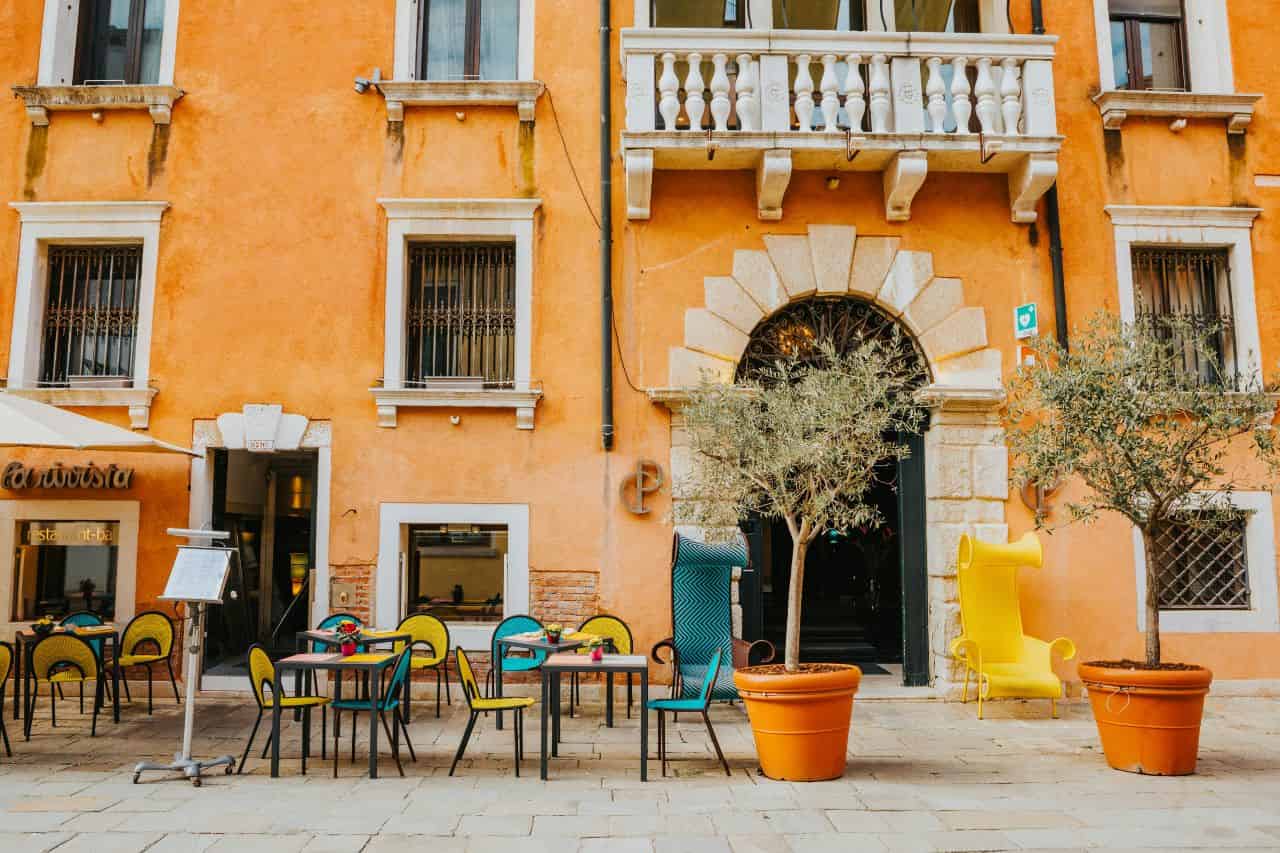
Italy’s meal rhythm is sacred, and once you get it, you’ll eat like royalty instead of a confused tourist.
The Italian Meal Clock (Set Your Watch By This)
Colazione (Breakfast): 7-10am
- Expectation: Some quick espresso + cornetto (a.k.a. Italian croissant).
- Tip: Avoid any milk drinks (cappuccino, latte) in the afternoon, as it attracts side-eye from locals.
Pranzo (Lunch): 12:30-2:30pm
- Real deal: Full multi-course meal (antipasto, primo, secondo, dolce).
- Pro tip: Many trattorias have cheaper “menu del giorno” lunch specials.
Merenda (Snack): 4-6pm
- Local move: Gelato or a slice of pizza al taglio (by weight).
- Emergency means: Panini bars stay open when restaurants are closed.
Dinner: 8pm-late
- Key rule: Most kitchens don’t open before 7:30 pm (Romans eat at 9pm!).
- Smart bet: Aperitivo (6-8 pm) is the perfect bridge, drinks + snacks.
13. Sample Local Cuisine
Italy’s magic lives in its hyper-local food culture, where every town has its own pasta shape, secret sauce, and grandma’s recipe that’ll ruin all other versions for you forever.
You’ve got to try the authentic Neapolitan pizza—the real one! Up in Bologna, you’ll find rich, savory tagliatelle al ragù (which you might know as Bolognese).
Over in Sicily, seafood and arancini (fried rice balls) are the stars, while Tuscany is all about simple, rustic dishes like Ribollita or bistecca alla fiorentina (a famous Florentine steak).
Also go through my favorite curated list of top restaurants in Cinque Terre serving the best Italian cuisine!

Why This is Non-Negotiable
- Tourist traps serve generic crap – That “authentic” restaurant by the Colosseum? Probably microwaving frozen pasta.
- Regional specialties disappear fast – You won’t find proper carbonara outside Rome or real pesto beyond Genoa.
- Italians judge you by your order – Ask for chicken Alfredo in Florence and watch their soul leave their body.
14. Be Patient with Service
Italy actually operates on “island time” despite not being an island. The sooner you accept this, you’ll relax into la dolce far niente (the sweetness of doing nothing).
Your blood pressure will drop, your meals will improve, and you might just learn what real service feels like!
Here the service isn’t slow—it’s intentional. That waiter who hasn’t brought your check yet? He’s not ignoring you. But he’s giving you the gift of not being treated like a revolving-door customer.
Don’t forget to tip like an American: Rounding up €5 is plenty; 20% looks bizarre here.
15. Taste Some Great Wines
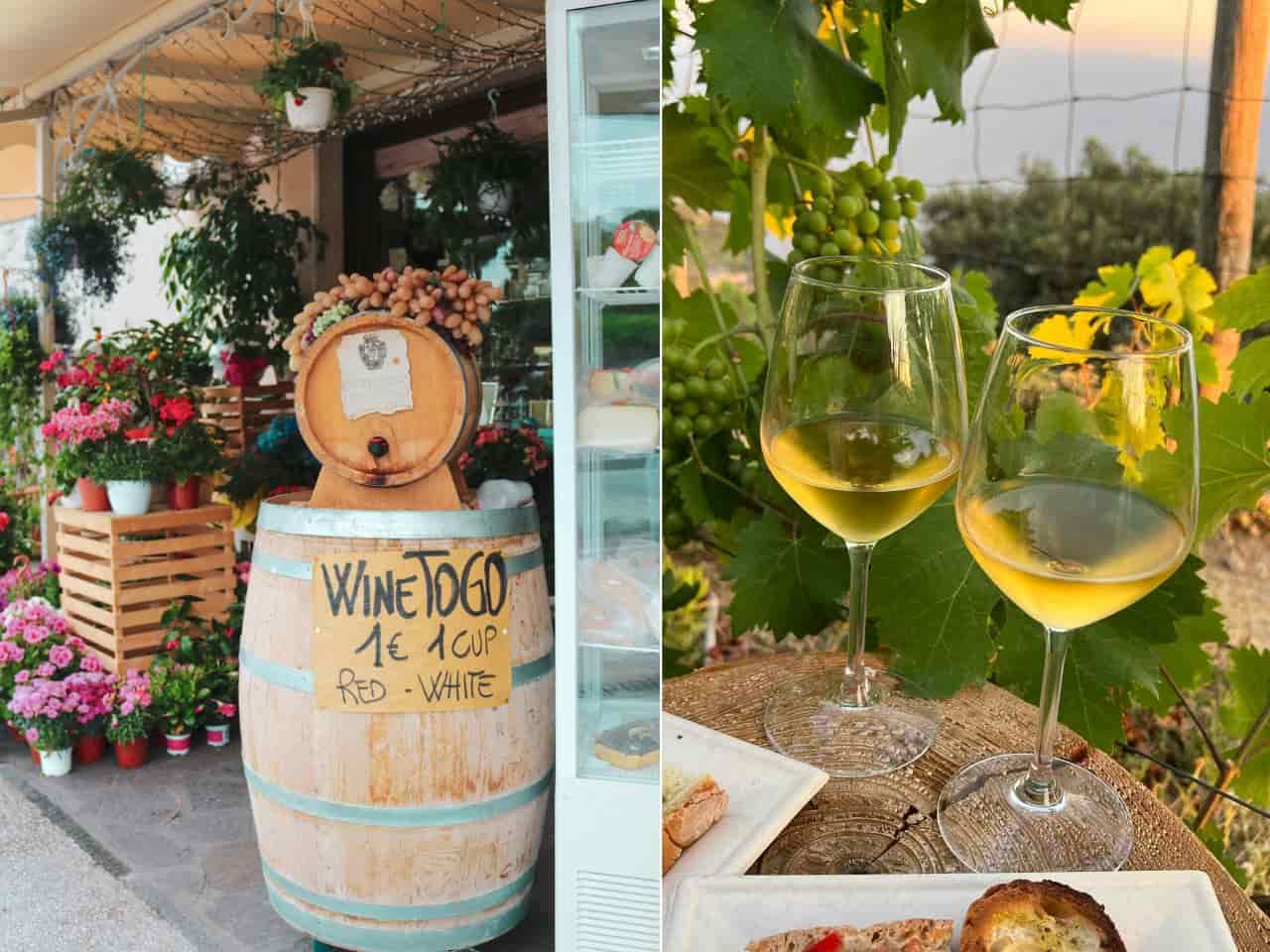
Here wine isn’t just alcohol – it’s liquid geography – I can totally bet you on this! You could visit Italy and stick to Aperol spritzes, but that’s like going to the Louvre and only looking at the gift shop.
Italy’s wine game is next-level, with every region boasting bottles that’ll make your taste buds sing!
| How to Order Without Looking Clueless | My all time favorite “Wine Guide”: When to Drink What |
|---|---|
| “Vino della casa” – House wine (a pure safe bet) | 11am vineyard tour – Totally doable (it’s research!) |
| “Mezzo litro” – Half-liter carafe (perfect for two) | Lunch – Half-carafe of house white = mandatory |
| “Assaggio?” – Can I taste it? (Perfectly normal to ask) | Aperitivo (6-8pm) – Spritz first, then switch to local wine |
| Don’t miss out on tasting Chianti in Tuscany, Barolo in Piedmont, or Nero d’Avola in Sicily. | Dinner – Red with meat, white with fish (but no stress – drink what you like) |
Make sure you don’t shop your wine from the famous landmark, because you’ll actually be charged triple the price in half the quality.
My best steals: “Try it” – Supermarket wine is shockingly good (look for DOCG on the label) – it’s like €3 and better than most $50 bottles back home ; yes you read that absolutely correct! (classy move: bring cups).
16. Be Prepared for Siesta
Let’s get one thing straight – that 3-hour midday break isn’t Italy being lazy, it’s Italy being smart. While tourists are sweating through crowded streets at 2pm, locals are enjoying the greatest cultural hack of all time.
If you wonder Why Siesta Will Make or Break Your Trip? Let me give you some insights:
Here we’re talking pharmacies, boutiques, even some museums; Cities literally power down. It’s not just shops – Many restaurants won’t serve food between lunch and dinner.
And if you crave for an emergency carbs; don’t miss out to visit these top 10 gelateria, they serve the best gelato in Rome.
So now how you can turn “everything’s closed” from a frustration into your favorite part of the day!
- Become a morning person – Hit the Colosseum at opening time (you’ll get photos without 500 strangers in them)
- Do as the Romans do – Long, lazy lunches that stretch until 3pm
- Make it your self-care time – Hotel siestas, pool time, or journaling in a shady piazza
- Church crawl – Always open and blissfully air-conditioned
17. Embrace the Art of Aperitivo
I called it Italy’s greatest invention (of course, second close to pizza). Aperitivo isn’t just happy hour snack time with a fancy name – it’s a sacred daily ritual where drinks come with free food, golden-hour people-watching, and that magical transition from workday to la dolce vita.
Trust me, it is one of the best ways to dive into Italian culture and an absolute must-do when you’re in Italy!
It actually bridges the hungry gap like a delicious band aid if you’re used to taking dinner at about 9’s.
The Golden Rules of Timing – 6:00-8:00pm; The sweet spot (show up at 7:30pm and the good olives are gone)
| How to Spot a Tourist Trap? | What You Should Actually Pay? |
|---|---|
| English-language “Aperitivo!” signs | Normal spots: €8-12 gets you drink + food |
| Sad buffets with just chips, popcorn, and nuts | Fancy places: Up to €15-19 for premium cocktails |
| Prices over €10 (unless it’s a fancy place with sushi) | Secret hack: House wine often includes snacks for €5 |
Best Things You Can Order (Beyond the Basic Spritz)
- Milano: Campari soda (invented here in 1860)
- Turin: Vermouth on ice (they’ve been perfecting it since 1786)
- Venice: Select Aperitivo (their local spin on Aperol)
- Naples: Limoncello spritz (when in lemon country…)
Pro tip: Northern cities start earlier, Rome runs later – follow the locals
18. Grab Your Espresso
Here’s the thing about drinking espresso in Italy – it’s not just coffee, it’s a cultural crash course in a tiny cup. Forget those leisurely 20-minute coffee breaks – Italians do this like a well-rehearsed dance: walk up to the bar, knock back that rich, dark shot in three quick sips, and you’re done.
No lingering, no laptop – just pure, efficient caffeine!
And here’s where tourists get it wrong: that empty seat by the window? It’s not for you. The real move is standing at the counter like the locals do.
Time it right – morning with your pastry or that 3pm energy dip – and you’ll feel like you’ve cracked the Italian code.
That quick jolt of energy isn’t just practical, it’s practically patriotic. So drink up (fast!), savor the moment (briefly!), and get on with your day like a true Italian!
19. Eat Gelato the Right Way

If you’ve a sweet tooth like me; you’re going to eat gelato every single day in Italy (as you should). But there’s a huge difference between generic, neon-colored glop and the real, artisanal stuff that’ll make you question every scoop you’ve ever had before.
| Why This Matters More Than You Think | How to Spot Fake Gelato (Before You Waste €5) |
|---|---|
| Not all gelato is created equal – Tourist traps serve frozen fluff loaded with artificial junk. | Mountains of brightly colored gelato – Real gelato is kept flat in metal tins. |
| Italians have rules – Yes, there’s a “right” way to eat it. No, you can’t just grab and go. | Banana flavor that glows in the dark – Natural ingredients don’t look radioactive. |
| Flavors are seasonal – If you see “pumpkin” in July, run. | “Gelato for tourists!” signs – The best places don’t need to beg for customers. |
Where to Find the Real Stuff? Look for “gelato artigianale” signs, Check if they make it in-house (ask: “Fatto qui?”), And if you’re still confused, you must ask and follow Italian families – They know what’s good.
As long as the standard pricing is concerned for the real gelato; You should pay €2-3 for a small cup/cone, €3-4 for medium, and if you’re paying over €5, then you’re either in Venice or being scammed (beware!).
Flavors You Have to Try (Beyond Vanilla)
- Stracciatella – The “real” OG chocolate chip (invented in Bergamo).
- Pistachio – Should be earthy, not neon green.
- Crema – Italy’s answer to vanilla (but richer).
- Seasonal specials – Fig in September, chestnut in fall.
Check out these top places where you can indulge in a creamy affair! They serve the Best Gelato in Rome!
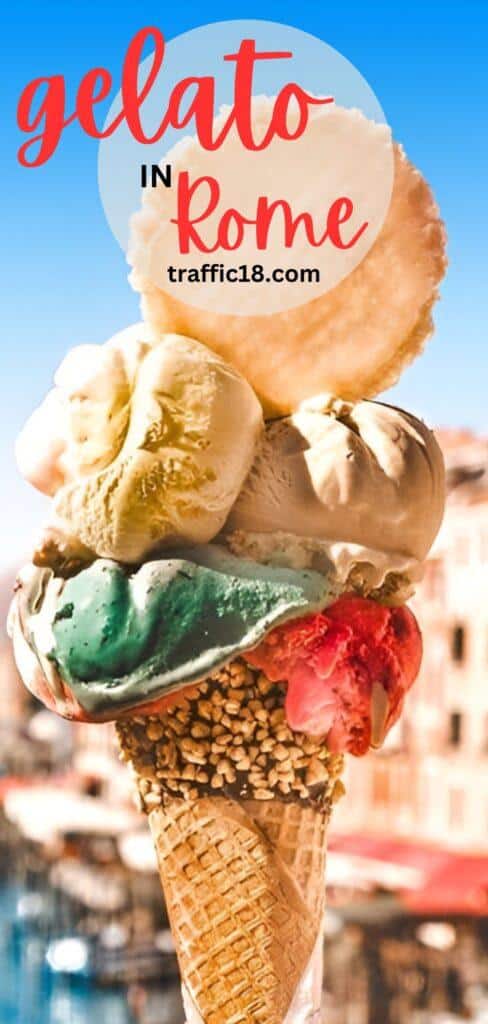
20. Stay Hydrated
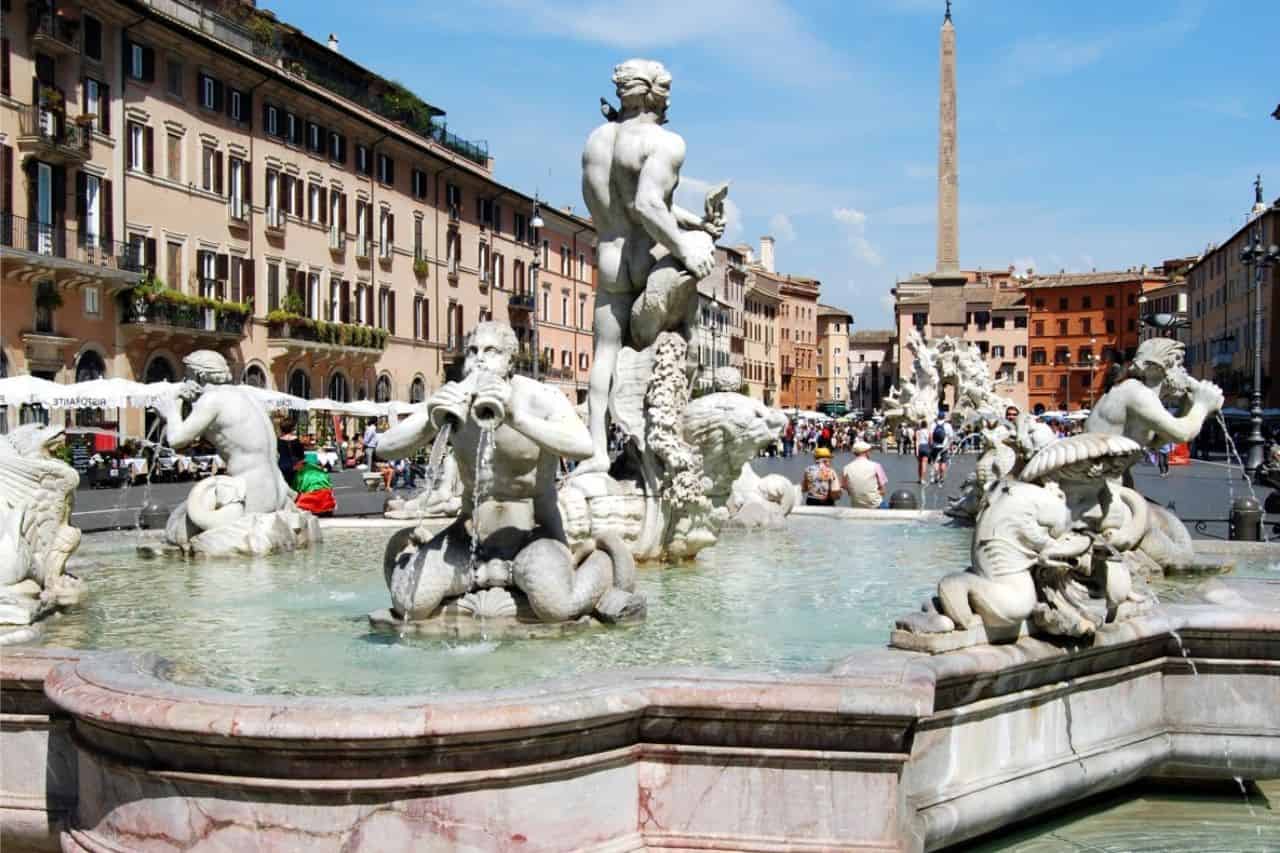
Look, between climbing the Spanish Steps, sweating through Pompeii, and chasing that perfect gelato high, your body’s going to need more water than a Venetian canal.
Here’s the good news: Italy’s got your back with those cute little drinking fountains (fontanelle) everywhere – they’re like the country’s way of saying “please don’t pass out near our priceless art.”
Grab a reusable bottle (because paying €3 for water is a tourist tax nobody warned you about) and sip like it’s your job. Those marble lion-head fountains aren’t just decoration – they’re your free hydration stations.
Pro tip: the water’s not just safe, it’s often ice-cold and delicious straight from the aquifer.
And hey, all that Aperol spritz and espresso will hit way better when you’re not secretly dehydrated. Trust me; Your future self will thank you when you’re the only one still bouncing around the Colosseum at sunset while everyone else is wilting like day-old lettuce.
Touristy Travel Tips
21. Blend in Local Customs and Traditions
One thing to remember is Italians are quite formal when it comes to greetings– it’s not rocket science, but nailing these little things will make locals actually like you.
- Always greet – “Buongiorno” (morning) or “Buonasera” (afternoon/evening) when entering shops. No greeting = instant tourist label.
- Greetings 101
- New people: Firm handshake + eye contact
- Friends: Left-cheek-first air kiss (no sound!)
- Dinner time = 8:30pm at the earliest. 6pm eaters might get turned away.
- Tipping – Just round up the bill. No need for percentages.
- Personal space – Doesn’t exist. Italians talk close, loud, and with their hands. Go with it.
- At markets – Say “Posso dare un’occhiata?” before touching goods. Vendors will love you.
Master these moves and suddenly you’re not just another visitor – you’re that cool foreigner who gets it. And who knows? You might even score an extra free limoncello shot for your efforts.
22. Practice Patience with Lines
Italians are not as obsessed with orderly lines as some other countries. In busy places, people may gather around rather than form a line. Don’t stress—just go with the flow.
WANT TO EXPLORE MORE?
Sign up for my newsletter and I will email you every time I have something new to say!
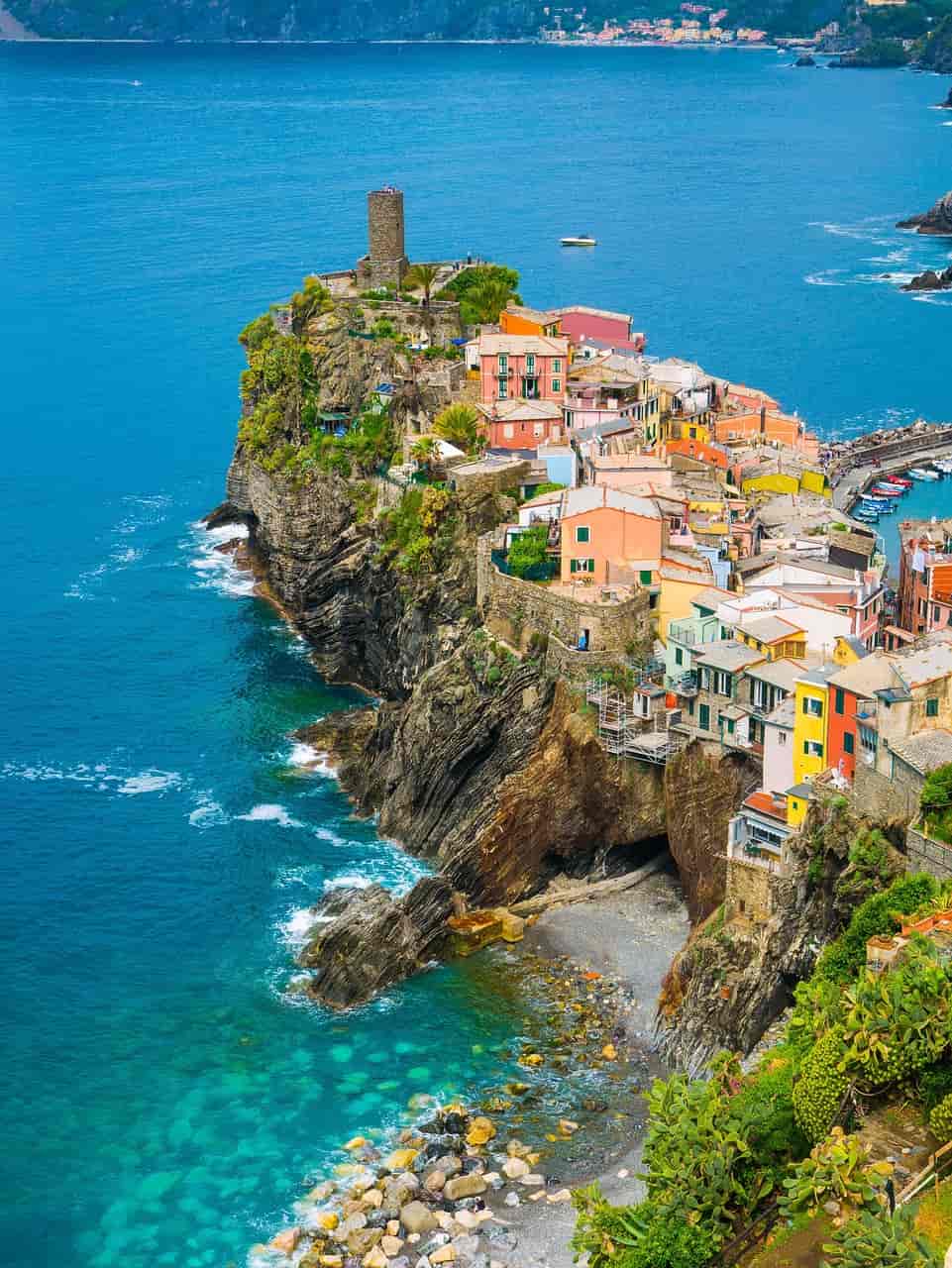
23. Visit Local Markets
Want the real Italy? Ditch the supermarkets and hit the local markets. These bustling spots are where the magic happens – overflowing with just-picked produce, wheels of aged cheese, and the kind of fresh pasta that’ll ruin store-bought for you forever.
Must-Visit Markets:
- Rome: Campo de’ Fiori – perfect for people-watching with your peaches
- Florence: Mercato Centrale – food hall heaven (try the delicious lampredotto sandwich)
- Venice: Rialto Market – where chefs get their daily seafood fix
Pro Tips:
- Go early (like 7-8am) – better selection, fewer crowds
- Weekdays > weekends – unless you love elbow battles over tomatoes
- Chat up vendors – they’ll often toss in free samples
- Bring cash – and reusable bags (you’ll look like a pro)
Don’t just look – taste! Grab some still-warm focaccia, a hunk of Parmigiano, and maybe some truffle paste. That’s lunch sorted.
24. Watch out for Pickpockets
Listen up – Italy’s incredible, but bear in mind that crowded spots like Rome’s Colosseum or Florence’s Duomo are serious pickpocket playgrounds.
Stay chill but alert – most thieves here skip people who look aware.
| Their Tricks | Smart Moves |
|---|---|
| “Helpful” strangers pointing at your shoe | Crossbody bags only (worn in front like a prized possession) |
| Groups creating sudden crowds | Backpacks? Phone/wallet go in the deepest pocket |
| Fake petitions or surveys | Metro/train crowds = hands on your stuff |
Pro tip: Carry only what you need that day – your hotel safe is your best friend.
25. Explore Beyond Tourist Hotspots
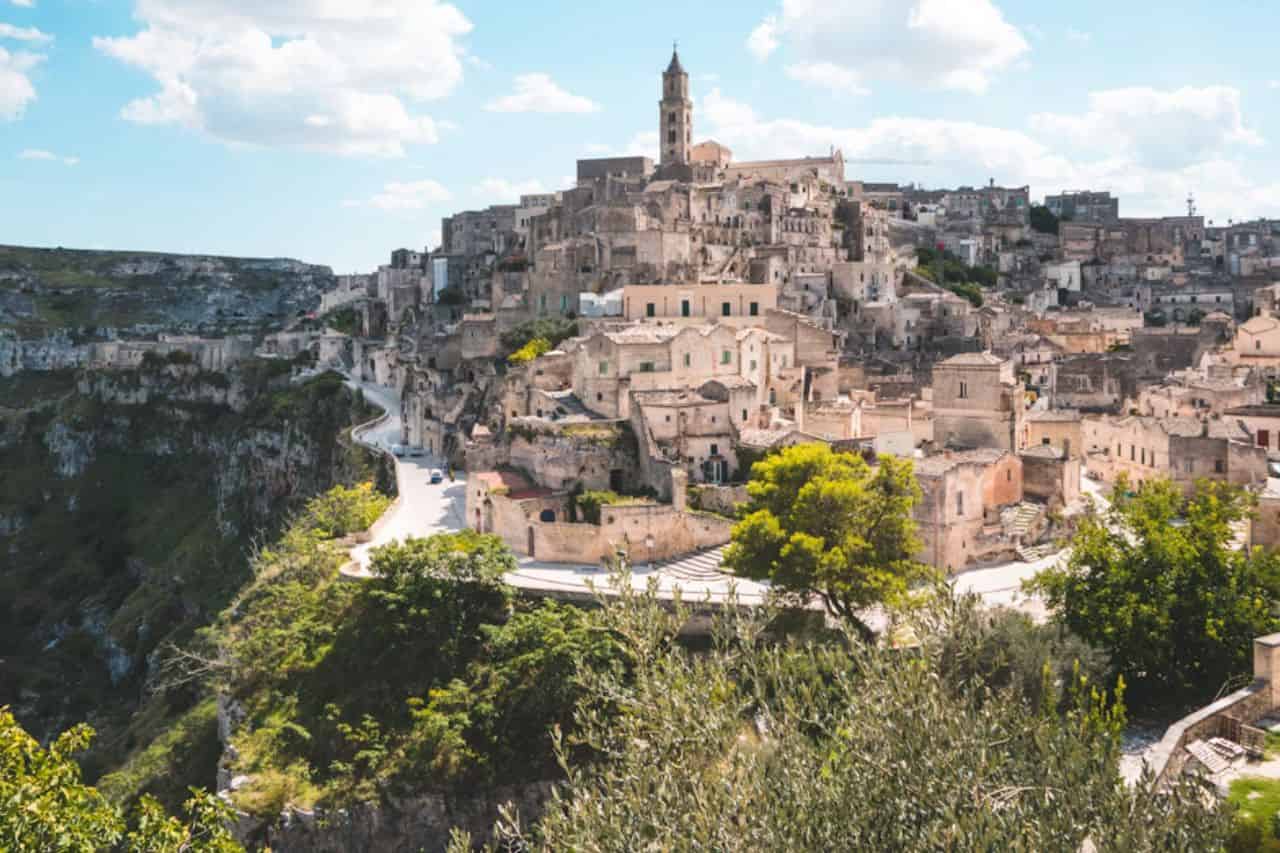
There is no doubt that places like the Colosseum and the Leaning Tower of Pisa are iconic for a reason to cover your best Italy travel guide ever! But this country has so much more to offer if you’re willing to go off the beaten path.
Walk into smaller towns, like Siena in Tuscany or Matera in Basilicata, and you’ll discover the charm of local life, less crowded streets, and authentic experiences.
- Strolling through history, no more bumping into selfie sticks
- Eating at family-run trattorias where recipes haven’t changed in 100 years
- Actually hear Italian being spoken (instead of tour guides)
The best part? No waiting in line for that perfect photo – just you, some locals, and all the fresh pasta you can eat.
So, while the big attractions are a must, take some time to explore Italy’s lesser-known treasures—you’ll be glad you did!
P.S. The wine’s cheaper too!
26. Don’t miss out Cooking Class
Here’s the deal: in Italy, food isn’t just something you eat, it’s how you experience the country. And if you love cooking even a little bit, trust me, taking a local cooking class is one of the smartest and the best things to do in Italy.
Imagine: Kneading a fresh pasta dough in a Tuscan farmhouse with a beautiful mountain backdrop! Learning the secret to perfect risotto from a Bologna nonna, Or Stuffing cannoli in Sicily like you were born there.
Pro tips to make it awesome:
- Do it early – You’ll eat smarter for the rest of your trip
- Pick your region – Pizza in Naples, pesto in Genoa, carbonara in Rome
- Find market tours – The best classes include shopping for ingredients first
27. Experience Vibrant Life in Festivals
If you really think Italy’s amazing when it’s quiet, wait until you see it during a festival. This is when Italians really come alive, turning ordinary streets into open-air parties where food, culture, history and pure joy collide.
Time your trip around a festival and you’ll experience Italy at its most alive – where strangers become friends, every meal turns into a celebration, and you’ll collect stories way better than “I saw the Colosseum.”
Just don’t be surprised if you start planning your next trip around another festival before this one even ends.
Must-Experience Festivals: You’ll have a blast!
| March-May | June-August |
|---|---|
| Carnevale in Venice (masks, mystery and madness) | Siena’s Palio (think medieval horse race meets neighborhood rivalry, bang!) |
| Truffle festivals in Alba (foodie heaven) | Venice’s Redentore (grand canal becomes a floating party) |
| Olive harvest festivals in Tuscany | Florence’s Calcio Storico (rugby meets gladiator fights) |
What No One Tells You? The best moments happen between scheduled events, Small town festivals often beat the famous ones, And Italians go all night – so pace yourself!
28. Take Advantage of Free Museum Days
Let me share with you a little insider tip that’ll save you hundreds of euros – Italy gives away its cultural treasures for free if you know when to go.
We’re talking Michelangelo, Da Vinci, and Botticelli without dropping a dime!
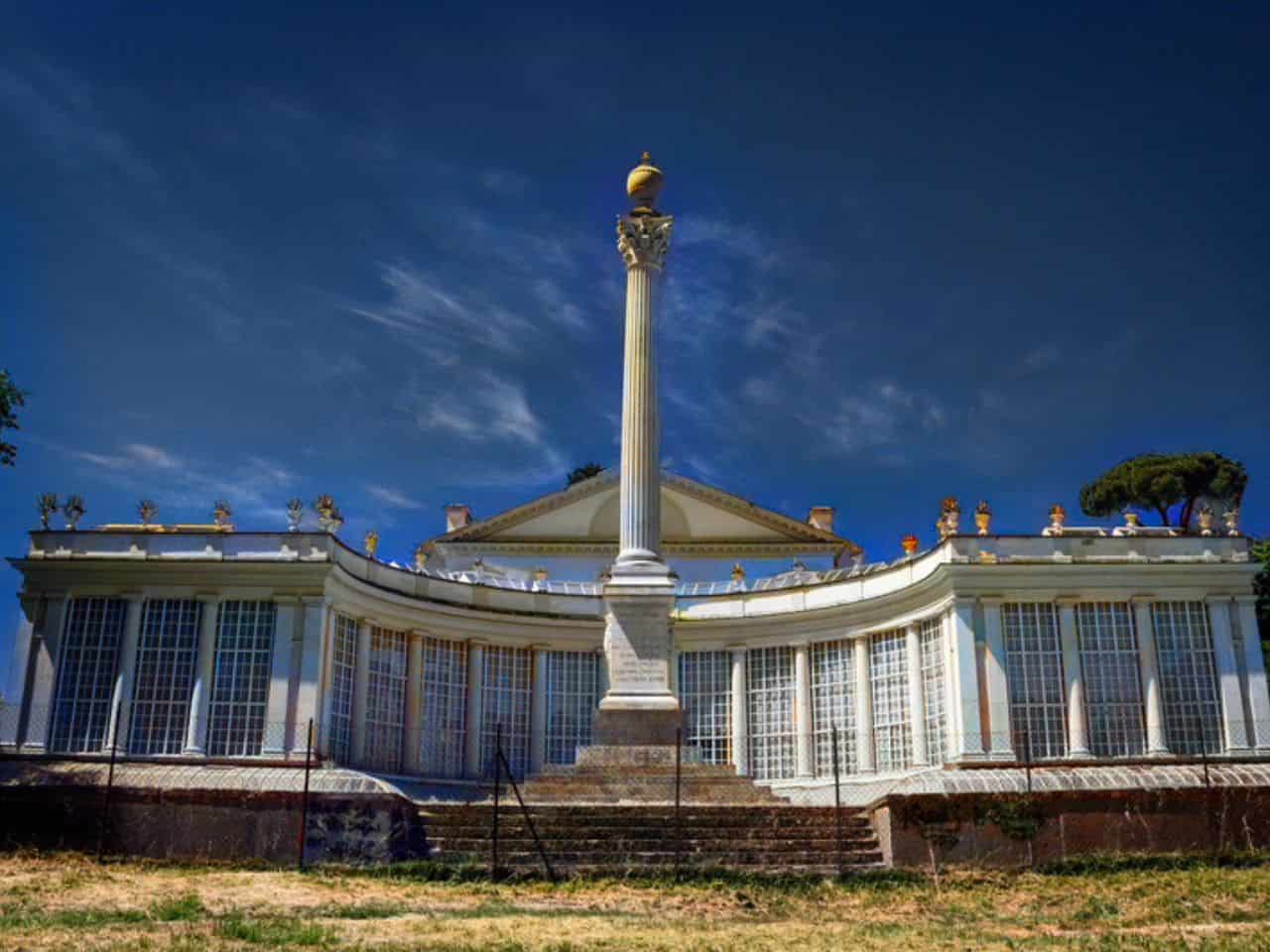
When to Go:
| First Sunday of the month (Oct-Mar) | Special Dates |
|---|---|
| All state museums are free (Uffizi, Accademia, Pompeii, etc.) | Rome Museum Night (late May) – free evening access |
| Pro tip: Arrive 30 min before opening to beat crowds | Florence’s Notte Bianca (Sept) – museums open late for free |
To Hack It:
- Check official websites – Some places require free tickets
- Combine with early morning – Free + fewer people = winning
- Have a backup plan – Popular spots get packed
Bottom Line: With entry fees up to €25 at major sites, timing your visits right could save a couple hundreds euros – that’s more money for pasta and wine! Just remember: free days mean crowds, so strategize like a pro.
29. There are No-Photography Zones
Sure; Italy’s got some of the most Instagram-worthy spots on earth, but not everywhere welcomes cameras.
Where You’ll Hit Restrictions:
- Big museums (Uffizi, Vatican Museums) – they’re protecting centuries-old art
- Churches (especially during mass) – it’s about respect, not just rules
- Fancy restaurants/shops – some don’t want their interiors all over social media
30. Relax on The Best Italian Islands
Between dodging crowds at the Colosseum and trying to see every Renaissance masterpiece, mainland Italy can be exhausting.
Here’s your game-changer: the islands. These aren’t just pretty beaches (though wow, those waters are blue) – they’re where Italy slows down and shows off its chill side.
Island Vibes You Can’t Get on the Mainland:
- Sardinia Beaches – Like the Caribbean, but with better pasta and ancient shepherd traditions
- Capri/Ischia Island – Where glamorous Italians go to pretend they’re not working
- Beaches in Sicily – A whole other world with active volcanoes, Arab-Norman architecture, and cannoli worth flying for
So, when planning your Italian getaway, don’t just stick to the mainland. Hop on a ferry or a short flight, to discover the islands and bookmark my personal recommendations on the best things to do guide (all 3 below) to make your trip unforgettable.
Trust me, they’ll steal your heart!
Why You Must Save and Follow These Italy Travel Tips?
A Quick Fact: Italy is home to more UNESCO World Heritage Sites than anywhere else. Art and culture, marvelous vistas – it’s all here! For your first visit or the tenth, they will make everything much easier.
And by keeping these travel tips on your way to Italy, I bet you’ll be well-equipped to embark on a beautiful journey to create memories to last a lifetime.
To combine your stress-free vacation; don’t forget to check these great travel hacks too.
If you have any questions or suggestions about your time in Italy, feel free to share anything in the comments below, and I’ll do my best reply.
Buon viaggio!
